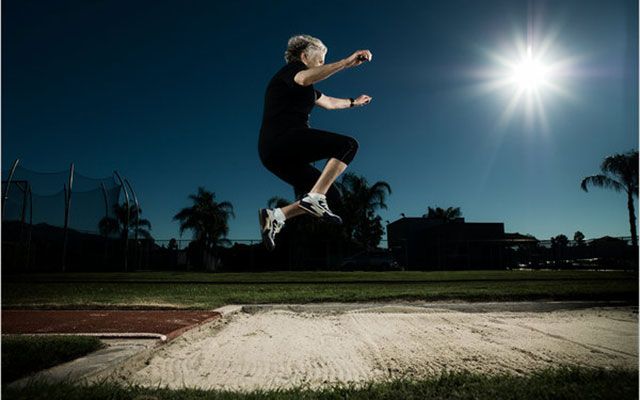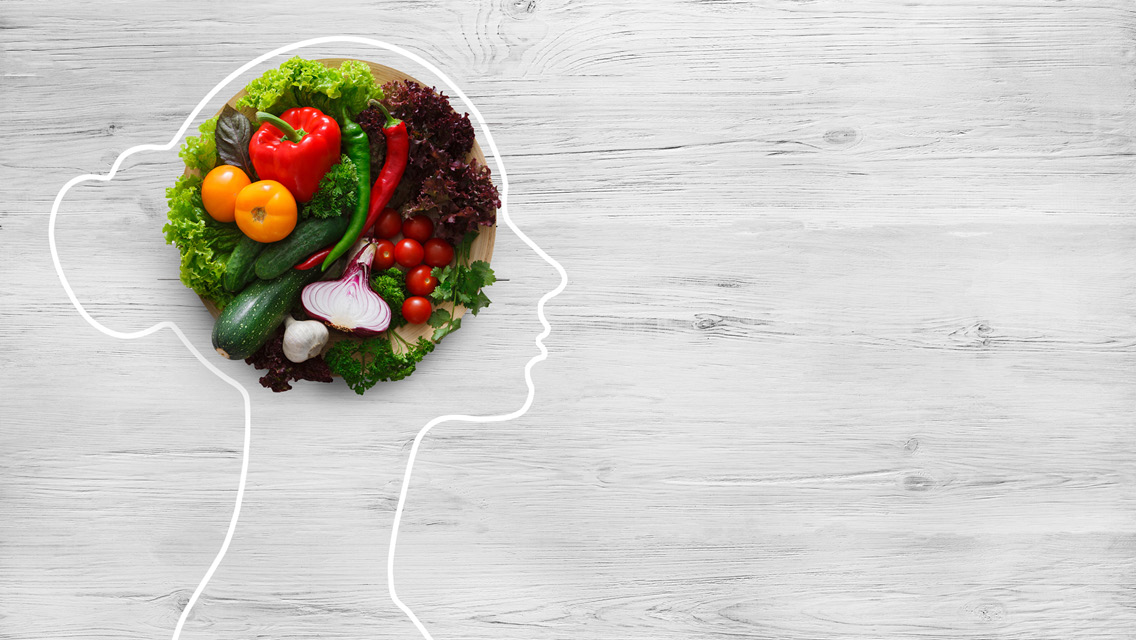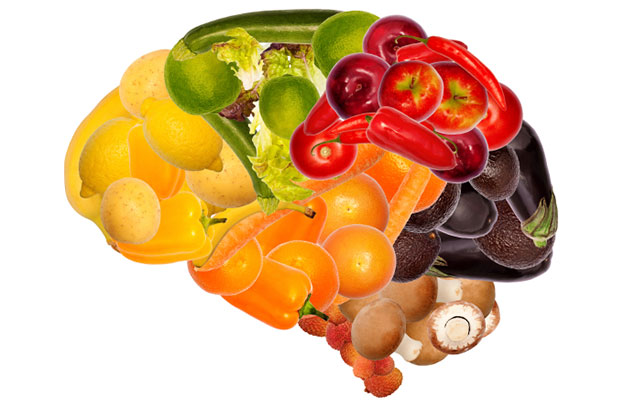We all know that a regular exercise regimen can help stave off cognitive decline as we age, but researchers at the University of Illinois wanted to know exactly how that would look inside the brain of a very old person. Enter Olga Kotelko.
Kotelko, the Canadian track and field phenomenon who set numerous world records in her age group at World Masters Athletic events before her death in 2014 at the age of 95, spent a day undergoing tests at the Beckman Institute for Advanced Science and Technology in the summer of 2012. The results, recently reported in the Journal Neurocase, provide a first-ever look at exercise’s effects on the brain of a nonagenarian.
“In our studies, we often collect data from adults who are between 60 and 80 years old, and we have trouble finding participants who are 75 to 80 and relatively healthy,” said postdoctoral researcher Agnieszka Burzynska, who led the study.
The research team was looking for signs that Kotelko’s physical activities had slowed, or even reversed, some of the aging process in her brain. So they put the 93-year-old athlete through a series of tests, including an MRI brain scan, a cardiorespiratory treadmill session, and a panel of cognitive tests. A control group of younger women took the same tests.
The brain tends to shrink as we age, so Burzynska and her team focused their attention on how much fluid-filled space appeared between Kotelko’s brain and her skull, as well as the size of the ventricles in her brain, which typically enlarge as the brain shrinks. They also observed the white-matter tracts that carry nerve signals to the various regions of the brain and measured the size of her hippocampus.
What they discovered was a remarkably young 93-year-old brain. There was very little shrinkage and Kotelko’s ventricles seemed normal. Her hippocampus was smaller than that of the younger study participants, but larger than expected, given her age. Kotelko did have some damage to some of her white-matter tracts, Burzynska said, but overall — especially in the genu of the corpus callosum, which connects the brain’s right and left hemispheres — they resembled that of a much younger person.
“Olga had the highest measure of white-matter integrity in that part of the brain, even higher than those younger females, which was very surprising,” Burzynska said.
Few conclusions can be drawn from such a limited study, Burzynska admitted, but it does offer some valuable insights on the effects of exercise among the very old. “We have only one Olga and only at one time point, so it’s difficult to arrive at very solid conclusions,” she said. “But I think it’s very exciting to see someone who is highly functioning at 93, possessing numerous world records in the athletic field, and actually having very high integrity in a brain region that is very sensitive to aging. I hope it will encourage people that even as we age, our brains remain plastic. We have more and more evidence for that.”
Exercise is only one way to boost your brainpower as you age. For more on building a healthier brain, see “Upgrade Your Brain” in our October 2010 issue.
Read “The Forever Athlete,” senior fitness editor Maggie Fazeli Fard’s Q&A with Kotelko, in our July/August 2014 issue.




This Post Has 0 Comments